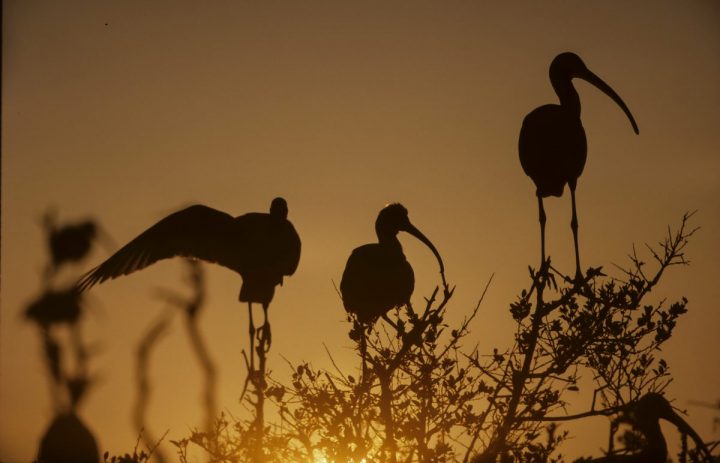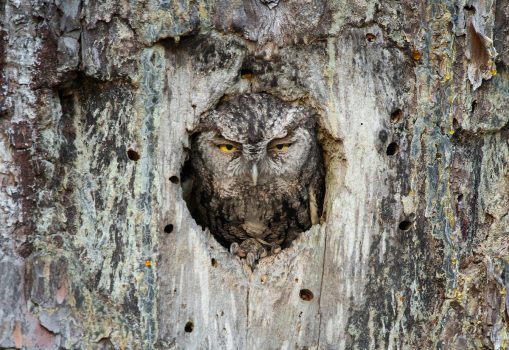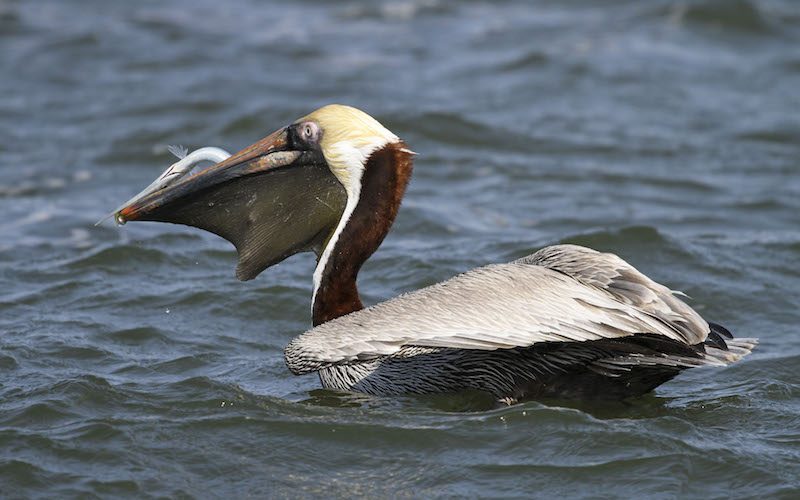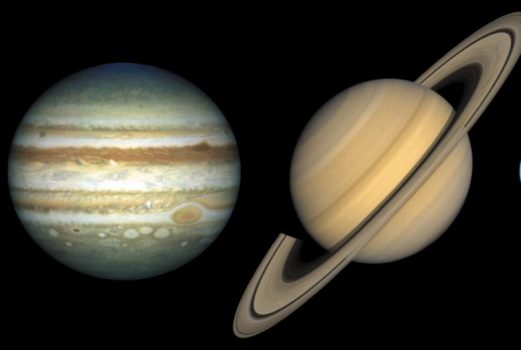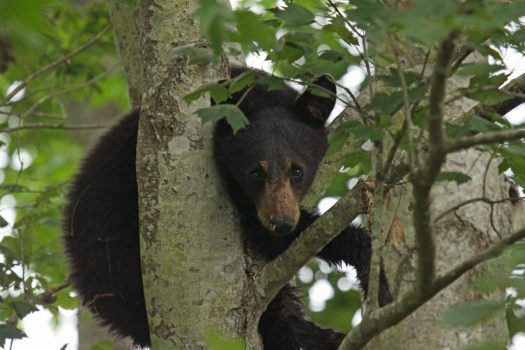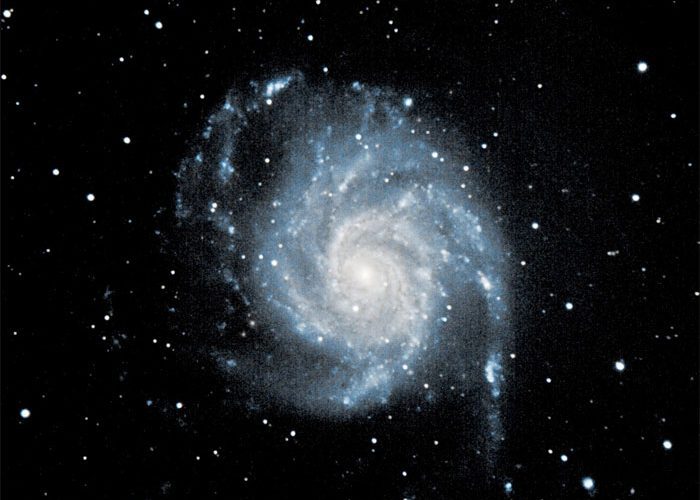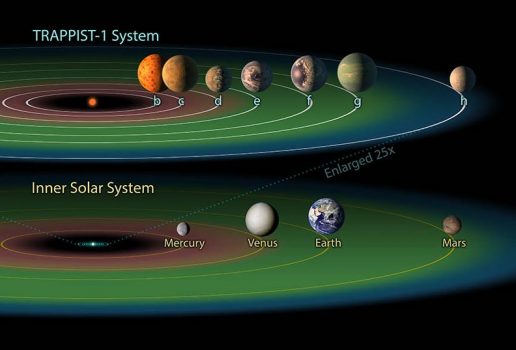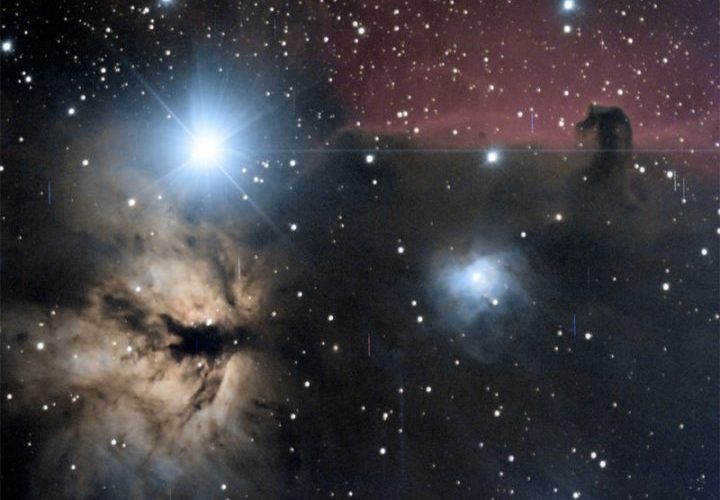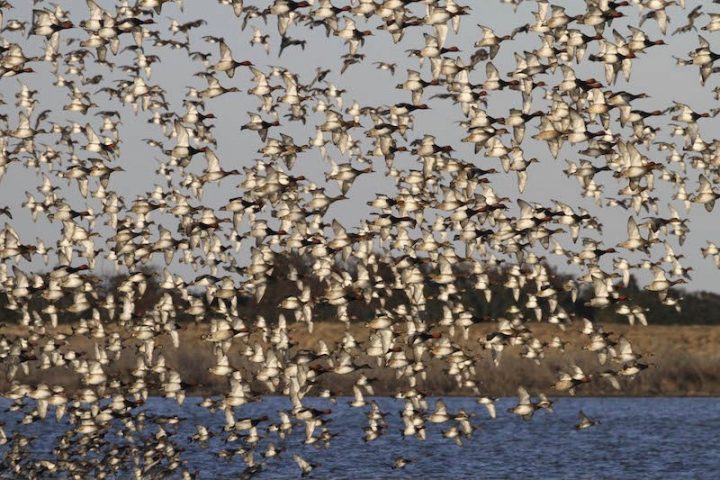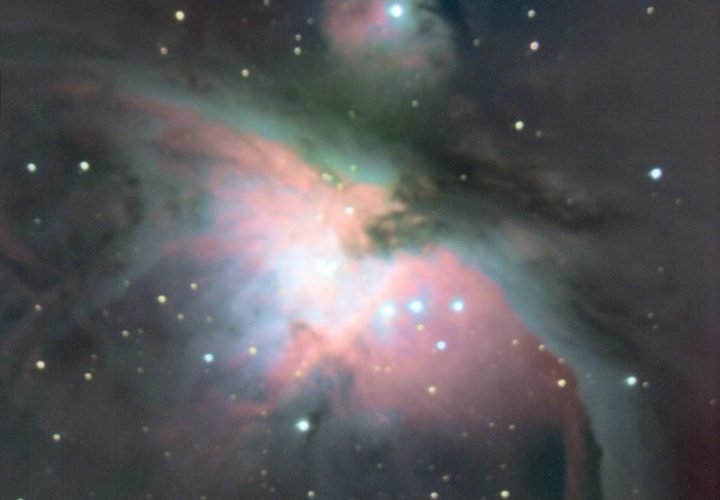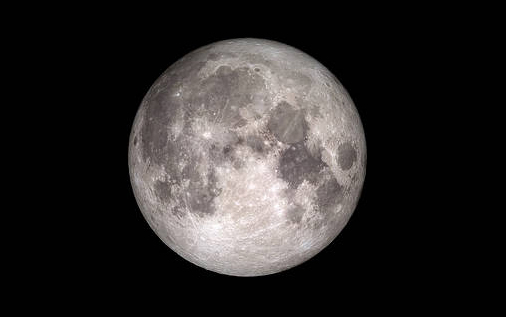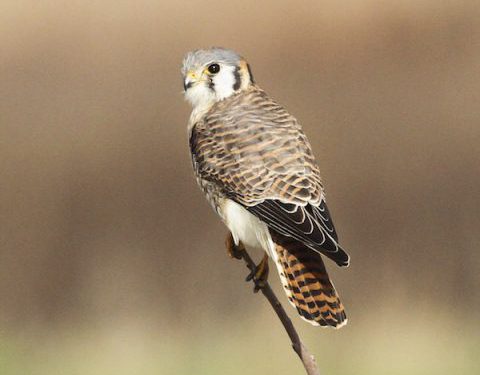It’s September on the Outer Banks and migratory birds are arriving, giving birdwatchers the chance to see colorful and varied species. Naturalist Jeff Lewis shares tips on where to look.
Wildlife & Nature
Sam Bland Shines light on Aug. Eclipse
Sam Bland reminisces about experiencing with two of his friends a solar eclipse in 1970 eastern North Carolina, explores the myths surrounding the natural phenomenon.
Battery Island Home to Growing Ibis Colony
The sky over Brunswick County abounds with white ibises this time of year, many of which nest and raise their young at Battery Island near Southport, considered a colony of global importance.
Our Celestial Coast: What to Look For in July
Coastal weather conditions in June made celestial photography a challenge but Earth’s neighbor Venus and gas giants Jupiter, Saturn and Neptune will be visible in July.
Screech Owls of the Longleaf Pines
Spending time alone in the deep longleaf pine forest, nature photographer Jared Lloyd has developed his own theories about the coloring of the eastern screech owl.
Birding on the Banks: Brown Pelicans
Nearly wiped out during the 1960s and ’70s, brown pelicans are now common on the N.C. coast, thanks mainly to conservation efforts and a ban on DDT insecticides.
Our Celestial Coast: Jupiter, Saturn in June
Gas giants Jupiter and Saturn offer great viewing during June, with or without a telescope, and Saturn will be at its closest to Earth at mid-month.
Roaming Bear? Caution But Don’t Be Alarmed
Despite concern over reported black bear sightings in coastal North Carolina communities, wildlife experts say it’s not that unusual to see them out and about this time of year.
Our Celestial Coast: What to Look For in May
The distant star Arcturus and closer neighbors, Jupiter, Saturn and Mars will be on display this month, along with the Eta Aquarids meteor shower.
Our Celestial Coast: Showcase of Galaxies
March offered opportunities to photograph distant galaxies; and our closer neighbors, Venus, Mars and Jupiter, will be on display throughout April.
Our Celestial Coast: Planets Near and Far
NASA recently announced the discovery of seven exoplanets circling another star 40 light-years away; and March offers glimpses of planets closer to home, including Mars, Uranus and Mercury.
Our Celestial Coast: February’s Visible Planets
The planet Uranus will be visible, with binoculars, for most of this month, as it appears to transit closer and closer to Mars in the night sky.
Birding: Brave the Cold or Stock the Feeders
Wintertime is peak season for viewing waterfowl at wildlife refuges and natural areas on the coast, but birders who prefer the view from indoors can also see a variety of species, if they offer the right food.
Our Celestial Coast: New Year Nebula
The new year begins with a good opportunity to look for the Orion Nebula, near the eastern horizon as the skies get dark and easy to see on a clear winter’s night.
Our Celestial Coast: December’s Supermoon
The supermoon in December will make it super hard to get a look at the Geminids meteor shower, but stargazers should still be able to see about 10 to 20 meteors per hour when the shower peaks at mid-month.
October Brings Birds, Birders to the Banks
October is a great time for birdwatching on the Outer Banks, with the arrival of migratory waterfowl, raptors, shorebirds and songbirds, here just in time for the Wings Over Water Wildlife Festival that continues through Sunday.



